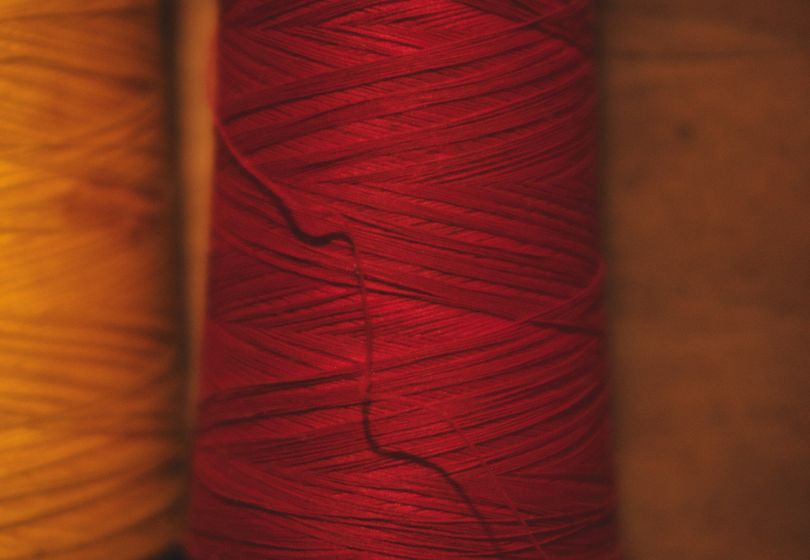
Artisan textiles are making a strong comeback in the fashion industry, with a renewed focus on handcrafted traditions and sustainable practices. In the world of fast fashion, where trends come and go in the blink of an eye, the resurgence of artisan textiles represents a shift towards a more mindful and ethical approach to clothing production.
The rise of handcrafted fashion can be attributed to a growing movement known as slow fashion, which advocates for sustainable and ethical practices in the fashion industry. This approach emphasizes quality over quantity, encouraging consumers to invest in well-made pieces that are designed to last.
One of the key elements of the artisan textiles revival is traditional weaving techniques that have been passed down through generations. Artisans around the world are rediscovering these age-old methods and incorporating them into their creations, resulting in unique and intricately crafted fabrics.
By using sustainable materials and focusing on handmade production, artisans are not only preserving craft heritage but also reducing the environmental impact of the fashion industry. Eco-friendly fashion is becoming increasingly important to consumers who are seeking out clothing that is both stylish and ethically produced.
The appeal of artisan textiles lies in the individuality and craftsmanship of each piece. Handmade fabrics possess a distinct quality that sets them apart from mass-produced materials, making them highly sought after in a market saturated with cookie-cutter designs.
Furthermore, the resurgence of artisan textiles has led to a greater appreciation for the artistry and skill involved in their creation. Consumers are showing a renewed interest in the stories behind their clothing, as well as the people and communities that produce them.
As we continue to embrace sustainable and ethical fashion practices, the revival of artisan textiles serves as a testament to the enduring allure of handcrafted traditions. By supporting artisans and investing in handmade pieces, we not only contribute to a more sustainable fashion industry but also help preserve the rich heritage of textile craftsmanship.
